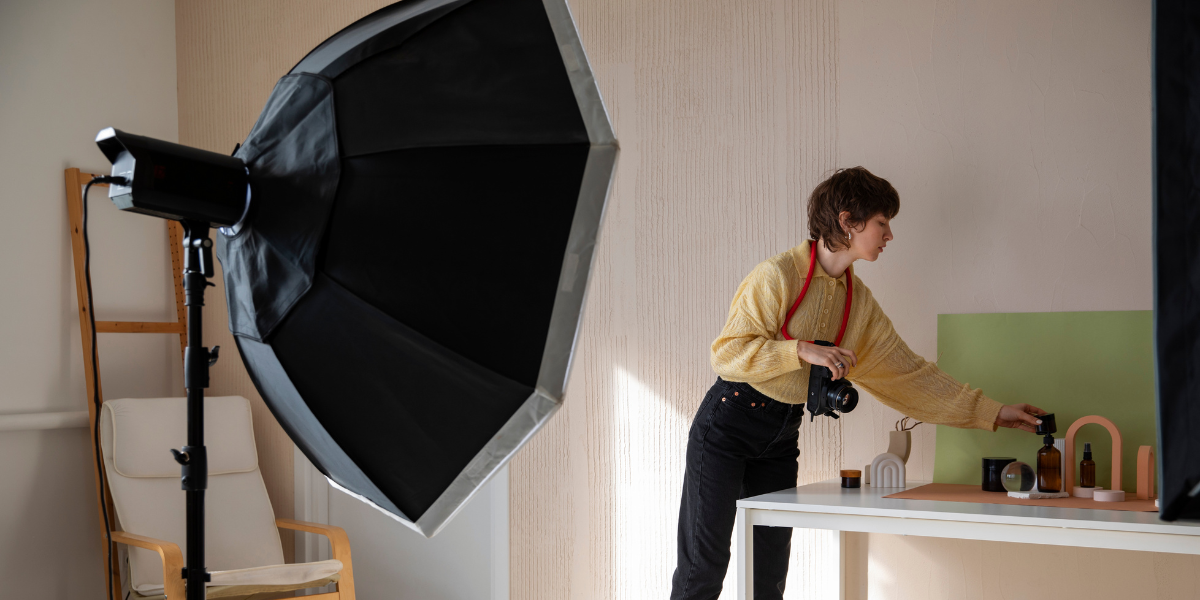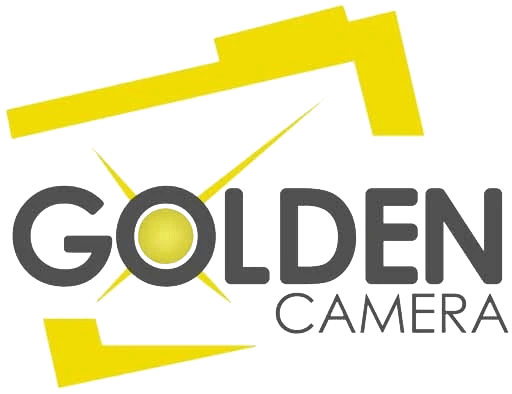- Camera
- Camera Lenses
- Camera Gimbals
- Camera Accessories
- Abs Flight Case
- Articulated Magic Arm
- Bag Case
- Batteries Power
- Blackmagic Accessories
- Camera Carry Strap
- Camera Dry Box
- Cleaning Kit
- Cups
- Dji Accessories
- Filters Accessories
- Flash Diffuser
- Gopro Accessories
- Insta360 Accessories
- Laptop Accessories
- Lens Hoods Caps
- Memory Cards
- Micro Photography
- Tripods Support
- Drone Camera
- Video Lights
- Lighting & Studio Accessories
- Pro Audio
- Studio Production
- Mobile Gimbal
- Gaming Consoles
- Apple Macbook
- Top Selling
How To Select The Right Softbox For Photography in Pakistan

Are you new to using artificial lighting for photography? Unlike natural light, using artificial light comes with a learning curve. However, with studio lights, you gain more control and various options for creatively illuminating your scene. Whether you use natural or artificial light, diffusing the light is crucial for achieving natural-looking photos. Read this blog for a guide to softboxes in photography, and you’ll discover how to choose the right one for your studio lighting needs.
What Is A Softbox?
A softbox is a light modifier designed with a white translucent material that covers your light source. This reduces the brightness of the light and distributes it evenly over a larger area. You can attach the softbox to a light stand. Softboxes come in various shapes, each creating distinct looks on your subjects. This versatility makes them suitable for different subjects, so it’s essential to know which one to choose
The Different Types of Softboxes
Let’s discuss the different types of softboxes and help you choose one based on your lighting needs, subject, and portability requirements.
Square and Rectangle
A square softbox differs significantly from the umbrella you may have seen in many studios. It’s completely enclosed, making it ideal for directing light toward the subject. It’s easy to set up and produces soft, natural light, similar to light diffused through a window.
This shape is best suited for portraits, food, and product photography. These softboxes come in various sizes and can be folded into smaller dimensions for easy transport. You can use a single light with a diffuser for food and portraits. For product photography, however, you might prefer two lights. If you’re new to studio lighting, starting with a square softbox is a smart choice.
A rectangular softbox, known as a strip box, functions similarly to a square one. Due to its length, a rectangular softbox is perfect for full-body images, while square softboxes excel at headshots.
Octagonal
Octa softboxes are perfect for portraits. Their curved design produces an even light fall-off and creates a round catchlight in the subject’s eyes, resembling sunlight. Octa boxes are effective for both food and portrait photography.
Parabolic
Parabolic softboxes differ from octa boxes in that they spread a narrower beam of light and require more time to set up. With a parabolic softbox, you can position the lights facing inward to bounce off the reflective coating, resulting in greater contrast and a distinctive look in your images. These softboxes provide flexibility for creative portrait lighting.
Lantern
A lantern softbox resembles a large light bulb and emits wide, even light. This type is excellent for enhancing subjects in photos and is also suitable for interior and real estate photography. While the light from a lantern softbox is akin to that of umbrella softboxes, lanterns offer directional and controllable light spill.
Selecting The Right Softbox
Here are the factors you should consider when selecting the right softbox.
Softbox Size
Softboxes are available in a range of sizes, from small ones suitable for camera mounting to large options for expansive settings—the size and distance of the softbox from your subject offer endless creative possibilities. Typically, smaller light sources produce more concentrated and harsher light, while larger ones generate softer light. This is because larger surfaces disperse light more effectively, reducing shadows and achieving a softer appearance.
Larger softboxes are ideal for portrait photography or larger spaces. They facilitate gradual transitions between light and shadow, making skin imperfections less noticeable and flattering for most subjects. They are also excellent for full-length shots and larger groups, minimizing light fall-off and underexposed areas in images.
The most common softbox size is the 90cm Easy Open Softbox, which works well for 1–2 people, while the largest option, the 170 cm Octabox, is designed for larger groups.
Shape
There are three primary types of softboxes: Rectangular/Square Softboxes, Strip Softboxes, and Octagonal Softboxes. Choosing the right type can be challenging, so here’s a breakdown of these three main options:
Octagonal Softboxes
Due to their eight sides, octagonal softboxes produce natural-looking lighting with round catchlights in your subjects’ eyes. The organic curves and circles created by an octagonal softbox often yield a more lifelike appearance.
Rectangular and Square Softboxes
Rectangular or square softboxes can effectively mimic window light. Their straight edges make rectangular softboxes easier to control and compatible with accessories like gobos, facilitating light adjustments and reflections. Depending on your desired look, both rectangular and square softboxes are suitable for product and food photography. They are excellent for adding extra diffusion and scrims to your lighting setup, helping to reduce reflections.
Strip Softboxes
Strip softboxes produce a narrow band of light, commonly used to illuminate the edges of your subject and distinguish them from the background. You can arrange multiple strip boxes in a square or triangle configuration to achieve a ring light effect. They are particularly effective for creating side lighting in full-length fashion photos or portraits.
Setting Up The Softbox
Standard softboxes are the typical type that require assembly by inserting four or eight rods into the outer shell and inserting the other end of the rods into the speed ring at the center of the softbox. These softboxes are ideal for permanent studios, where they can be set up once and left fully assembled. However, they are not the easiest to assemble or disassemble quickly.
Final Thoughts
If you want to learn how to choose a softbox for beginners, you likely have a good understanding now. Select the softbox that appeals to you and achieve fantastic results with it. Choose one that meets your needs and tick all the boxes. You can set up the softbox by following the manual or instruction guide that comes with it.
You can find an affordable price on softbox in Pakistan at Golden Camera. Place your order today on their website.
